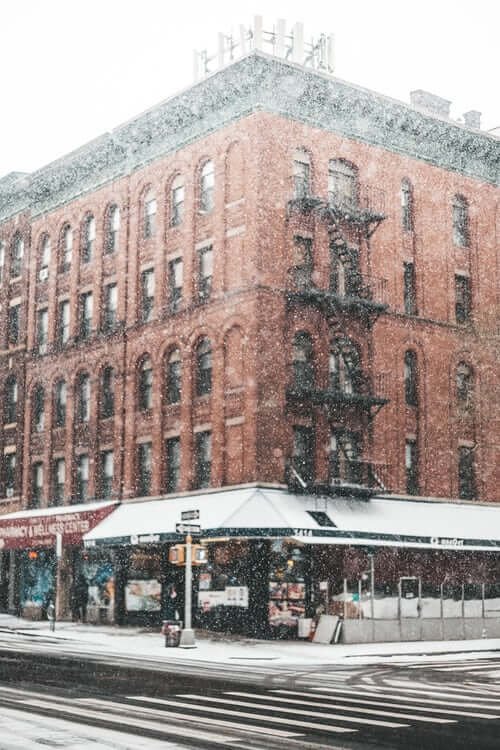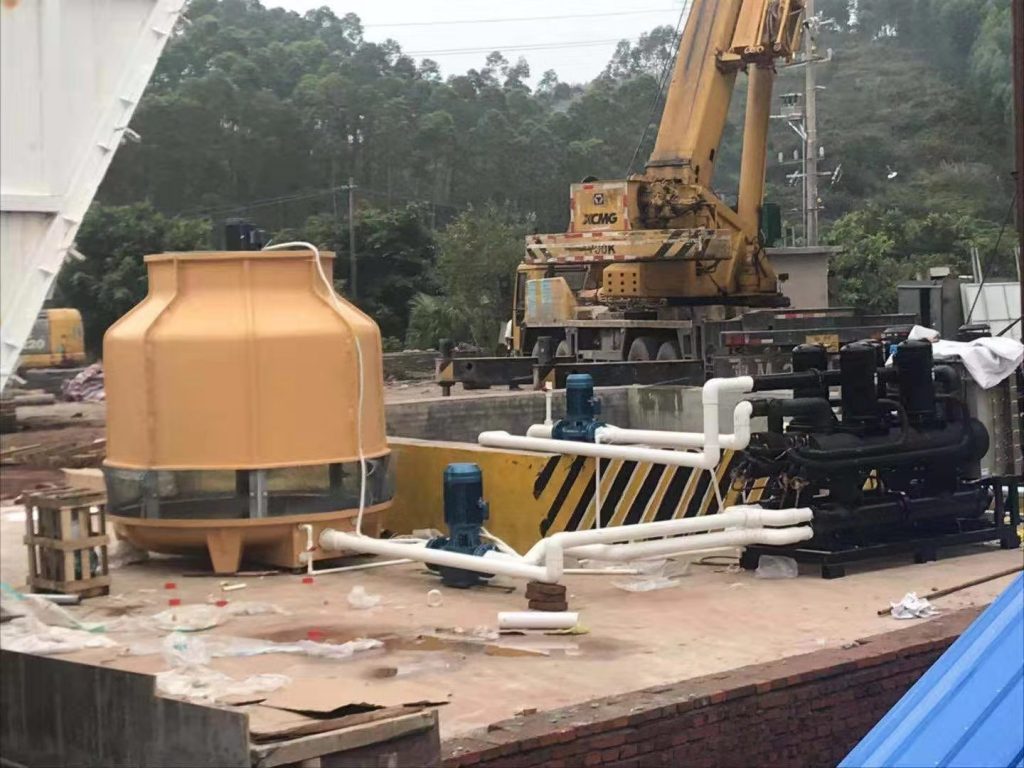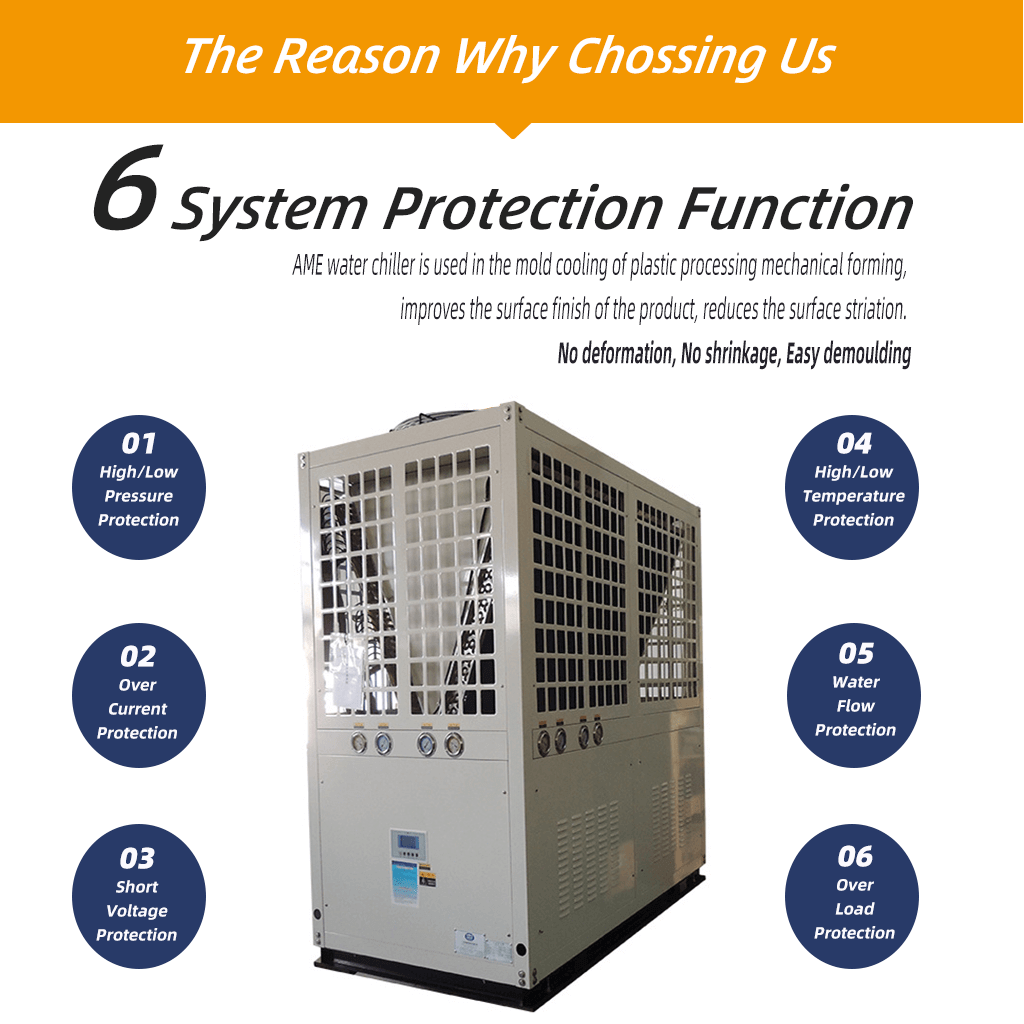Agora, mais e mais equipamentos de refrigeração civil e comercial usam a válvula de expansão eletrônica para substituir a válvula de expansão térmica original. A válvula de expansão eletrônica e a válvula de expansão térmica têm o mesmo uso básico, mas diferentes em desempenho.
1. Faixa de ajuste
At present, the regulating range of thermal expansion valve is generally narrow. The heat pump unit should not only refrigeration, but also heating, and the ambient temperature range of the suitable occasions is from – 15 ℃ to + 43 ℃, and the corresponding refrigerant evaporation temperature will work in the range of – 25 ℃ – 5 ℃. In addition, if there are multiple compressors in the refrigeration circuit, the number of compressors in operation will change accordingly with the change of user load, resulting in dramatic change of refrigerant flow.
Portanto, uma única válvula de expansão térmica está longe de ser competente para a operação de grandes unidades de bomba de calor. Atualmente, muitos produtos de bomba de calor em grande escala são projetados com circuito único e compressor único, e é adotado o sistema de válvula de expansão com modo de refrigeração e modo de aquecimento independentes, o que aumentará a complexidade e o custo de fabricação do sistema. A válvula de expansão eletrônica pode ser ajustada com precisão na faixa de 15% ~ 100%.
De acordo com o efeito de uso atual, uma única válvula de expansão eletrônica pode atender à regulação da unidade de bomba de calor nas condições acima. A faixa ajustável pode ser definida de acordo com as características dos diferentes produtos, o que aumenta a flexibilidade.
2. Controle do superaquecimento
(1) Ponto de controle de superaquecimento:
Para a válvula de expansão térmica, geralmente apenas o superaquecimento na tomada do evaporador pode ser controlado. No sistema de compressor semi -fechado e totalmente fechado, o ponto de controle pode ser definido não apenas na saída do evaporador, mas também na porta de sucção do compressor, que pode controlar o superaquecimento de sucção do compressor para garantir a eficiência do compressor.
(2) Valor de definição de superaquecimento:
Para válvula de expansão térmica, seu valor de ajuste de superaquecimento é geralmente definido pelo fabricante no processo de fabricação, geralmente 5 ℃, 6 ℃ ou 8 ℃. O grau de superaquecimento da válvula de expansão eletrônica pode ser ajustado manualmente de acordo com as diferentes características do produto. Por exemplo, o superaquecimento da saída do evaporador é definido para 6 ℃ e o superaquecimento da sucção do compressor pode ser definido para 15 ℃, o que é muito flexível.
(3) Estabilidade do controle de superaquecimento em condições operacionais não padrão:
Os valores de ajuste de superaquecimento da válvula de expansão térmica são todos ajustados sob condições padrão. Porém, devido às características de carregamento do fluido de trabalho, quando o sistema se desvia da condição padrão de trabalho, o superaquecimento se desviará do valor definido com a alteração da pressão de condensação, o que não só causará a diminuição da eficiência do sistema, mas também causará a flutuação do sistema. O grau de superaquecimento da válvula de expansão eletrônica é definido artificialmente pelo controlador, e o grau real de superaquecimento do sistema é calculado pelos parâmetros do ponto de controle coletados pelo sensor, portanto não existe tal problema.
(4) Inteligência da regulação do sistema:
O controle de superaquecimento da válvula de expansão térmica é baseado no estado do ponto de controle atual, que é determinado pelas características do fluido de trabalho preenchido. Não pode julgar a tendência de mudança do sistema. A lógica de controle da válvula de expansão eletrônica pode adotar vários sistemas de controle inteligentes de acordo com as características de projeto e fabricação de diferentes produtos. Ele pode não apenas ajustar o estado atual do sistema, mas também distinguir as características do sistema de acordo com a taxa de alteração do grau de superaquecimento e outros parâmetros. Os métodos de controle correspondentes são adotados para diferentes tendências de mudança do sistema. Portanto, sua velocidade de resposta e pertinência às alterações do sistema são superiores à válvula de expansão térmica.
3. Taxa de reação
A válvula de expansão térmica é acionada pela aproveitamento das características térmicas do meio de trabalho de enchimento, de modo que suas características de abertura e fechamento são as seguintes:
(1) A sensibilidade da reação e a velocidade de abertura e fechamento são lentas.
(2) De um modo geral, a velocidade de abertura e fechamento da válvula de expansão térmica é relativamente consistente.
(3) No processo de start-up da unidade, há superaquecimento estático. O superaquecimento (SH) da válvula de expansão térmica é composto por superaquecimento estático (SS) e superaquecimento de abertura (OS). Devido à existência de superaquecimento estático, haverá uma tendência a atrasar a abertura da válvula de expansão térmica durante a inicialização.
O modo de acionamento da válvula de expansão eletrônica é que o controlador calcula os parâmetros coletados pelo sensor, envia o comando de regulação para a placa de acionamento, e a placa de acionamento emite o sinal elétrico para a válvula de expansão eletrônica para acionar a ação da válvula de expansão eletrônica. Leva apenas alguns segundos para a válvula de expansão eletrônica passar de totalmente fechada para totalmente aberta. Possui reação rápida e velocidade de ação, e não há fenômeno de superaquecimento estático. Além disso, as características de abertura e fecho e a velocidade podem ser definidas manualmente, o que é especialmente adequado para a utilização de unidades de bomba de calor com flutuações severas das condições de trabalho.
4. Diversidade de funções de controle
Para evitar a sobrecarga do compressor causada por pressão e fluxo excessivos de refrigerante no lado da evaporação durante a inicialização inicial da unidade, a válvula de expansão térmica é geralmente equipada com a função de MOP, ou seja, a válvula de expansão só pode ser aberta quando a pressão de evaporação for menor que o valor do conjunto. No entanto, em comparação com a válvula de expansão eletrônica, sua função ainda é monótona.
A estrutura da válvula de expansão eletrônica pode ser considerada a combinação orgânica de mecanismo do acelerador e válvula solenóide e pode ser ajustada pelo controlador. Portanto, de acordo com diferentes características do produto, mostra a diversidade e superioridade de sua função de controle nas condições de inicialização da unidade, alteração de carga, descongelamento, desligamento e proteção de falhas. Por exemplo: a válvula de expansão eletrônica para regular o fluxo de refrigerante pode não apenas controlar o evaporador, mas também pode ser usado para ajustar o condensador.
Quando a condição de evaporação permitir, se a pressão de condensação for muito alta, a válvula de expansão pode ser fechada adequadamente para reduzir o fluxo de refrigerante no sistema e a carga do condensador, de modo a reduzir a pressão de condensação e realizar a operação eficiente e confiável da unidade.















